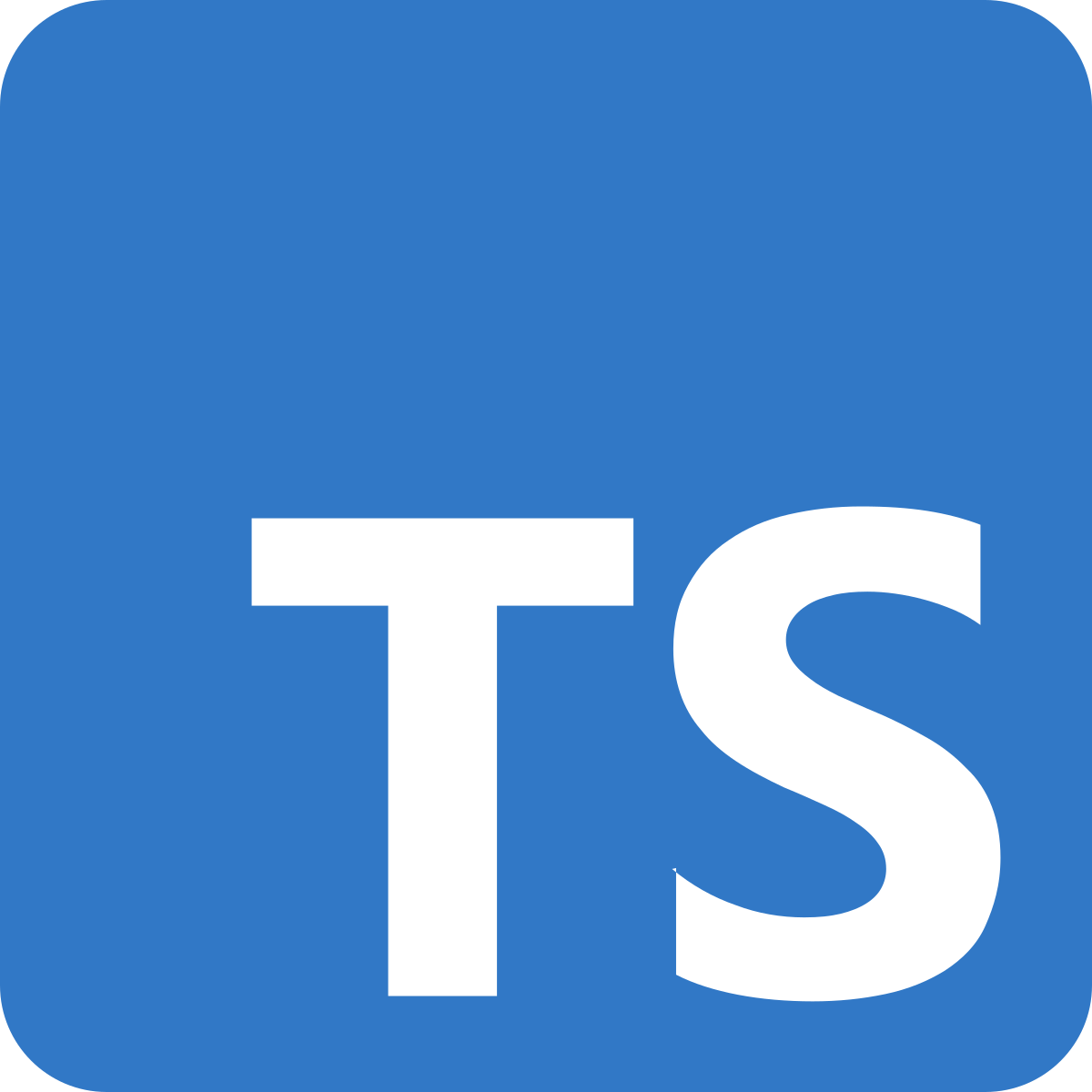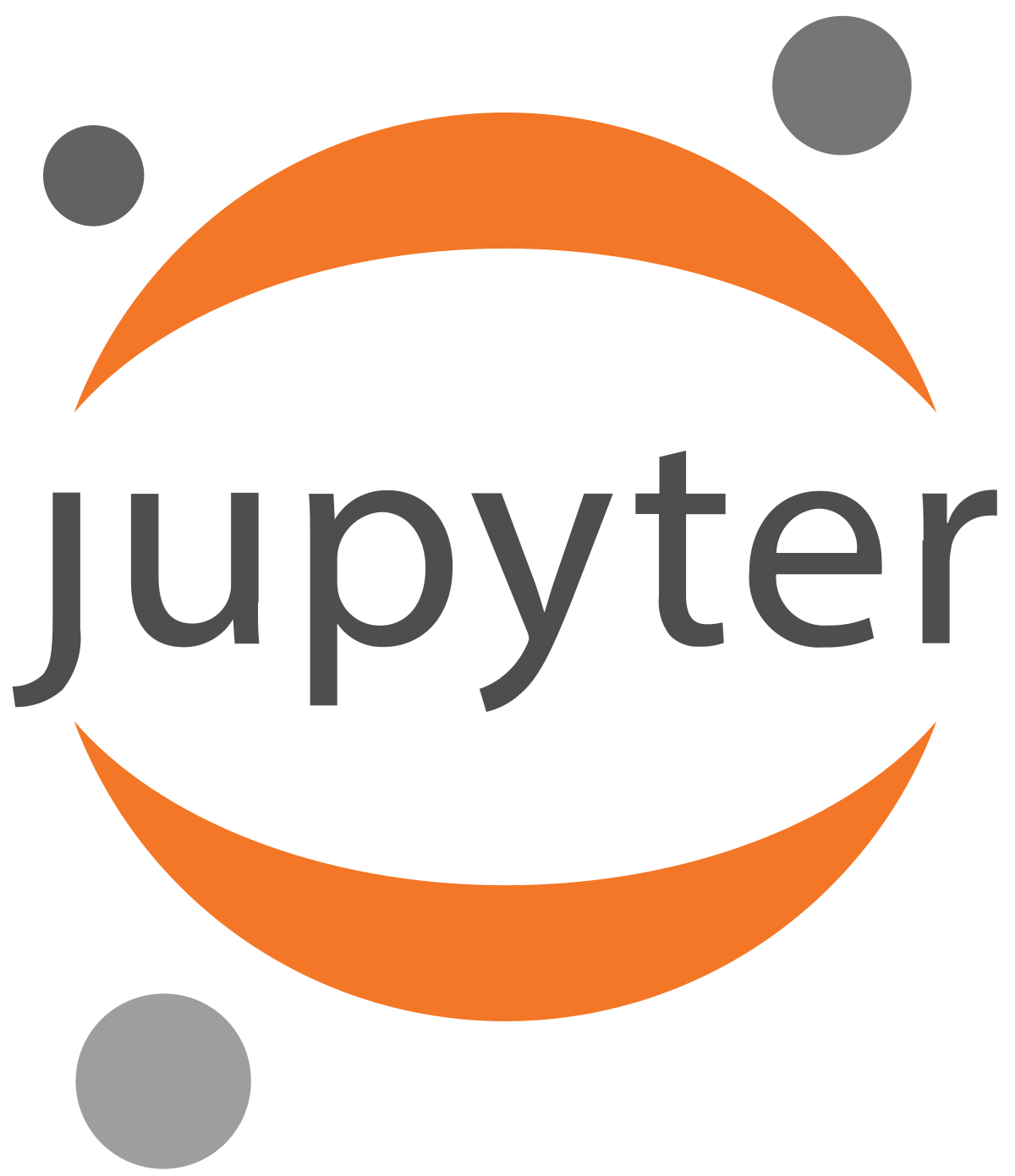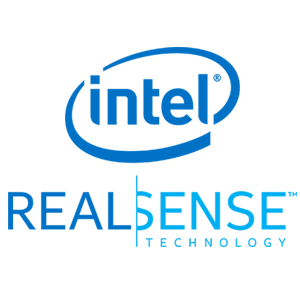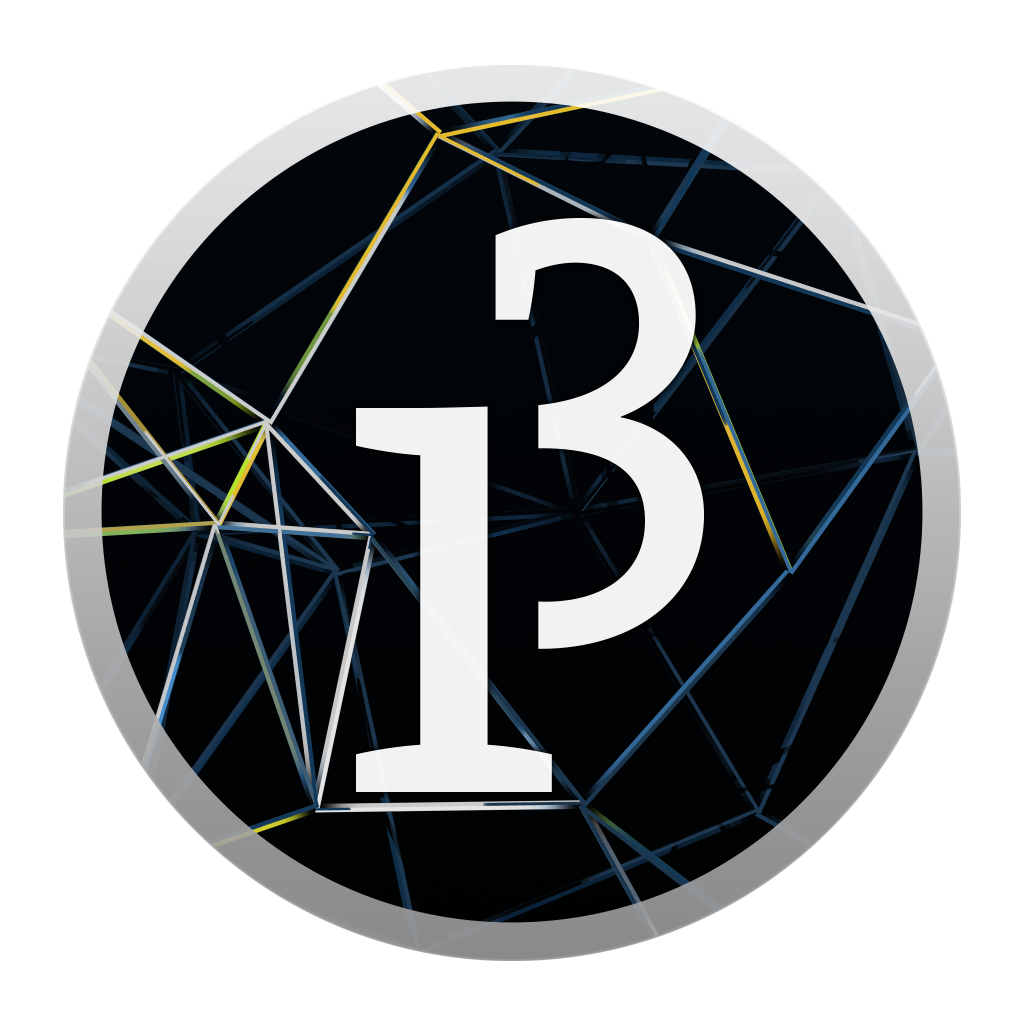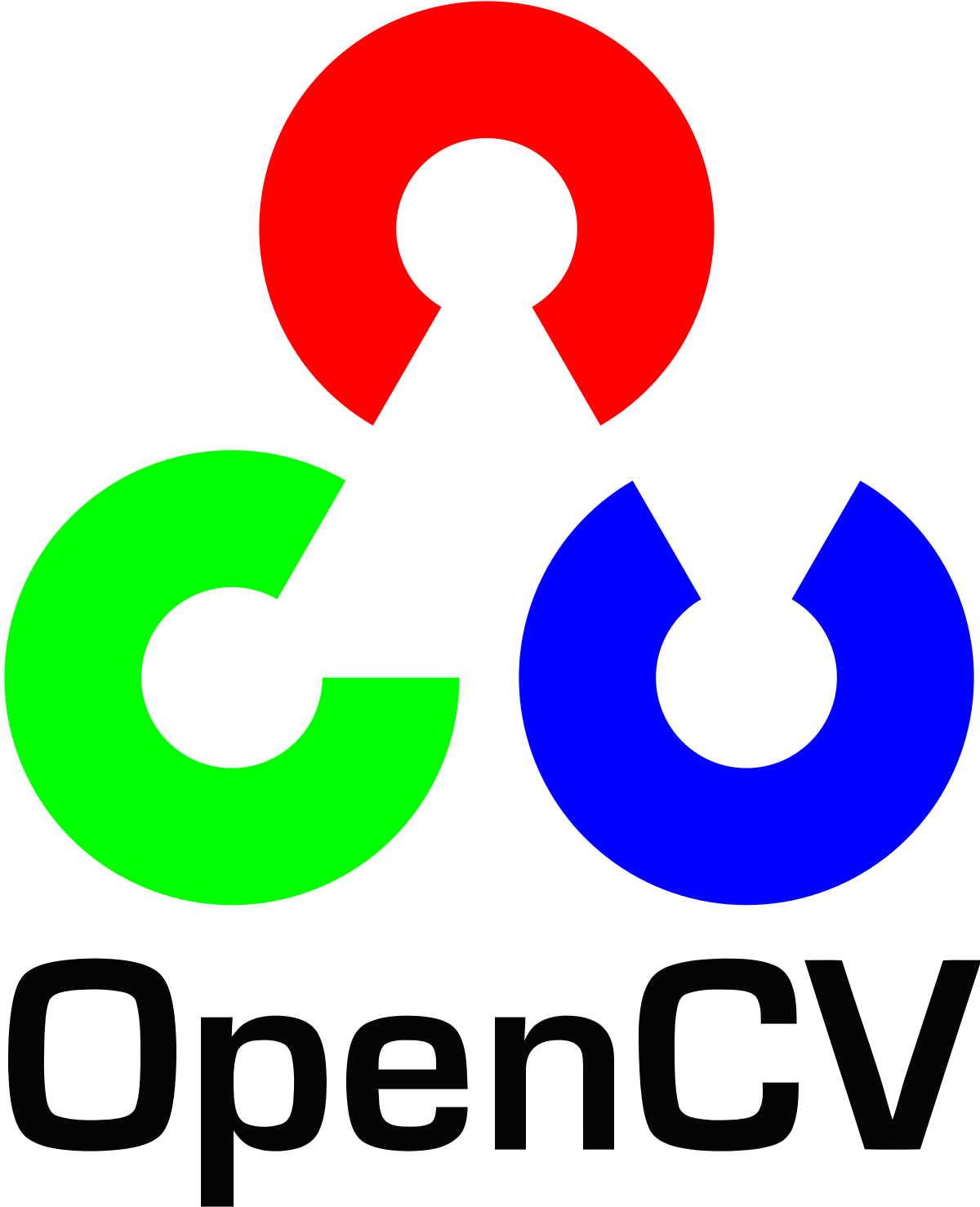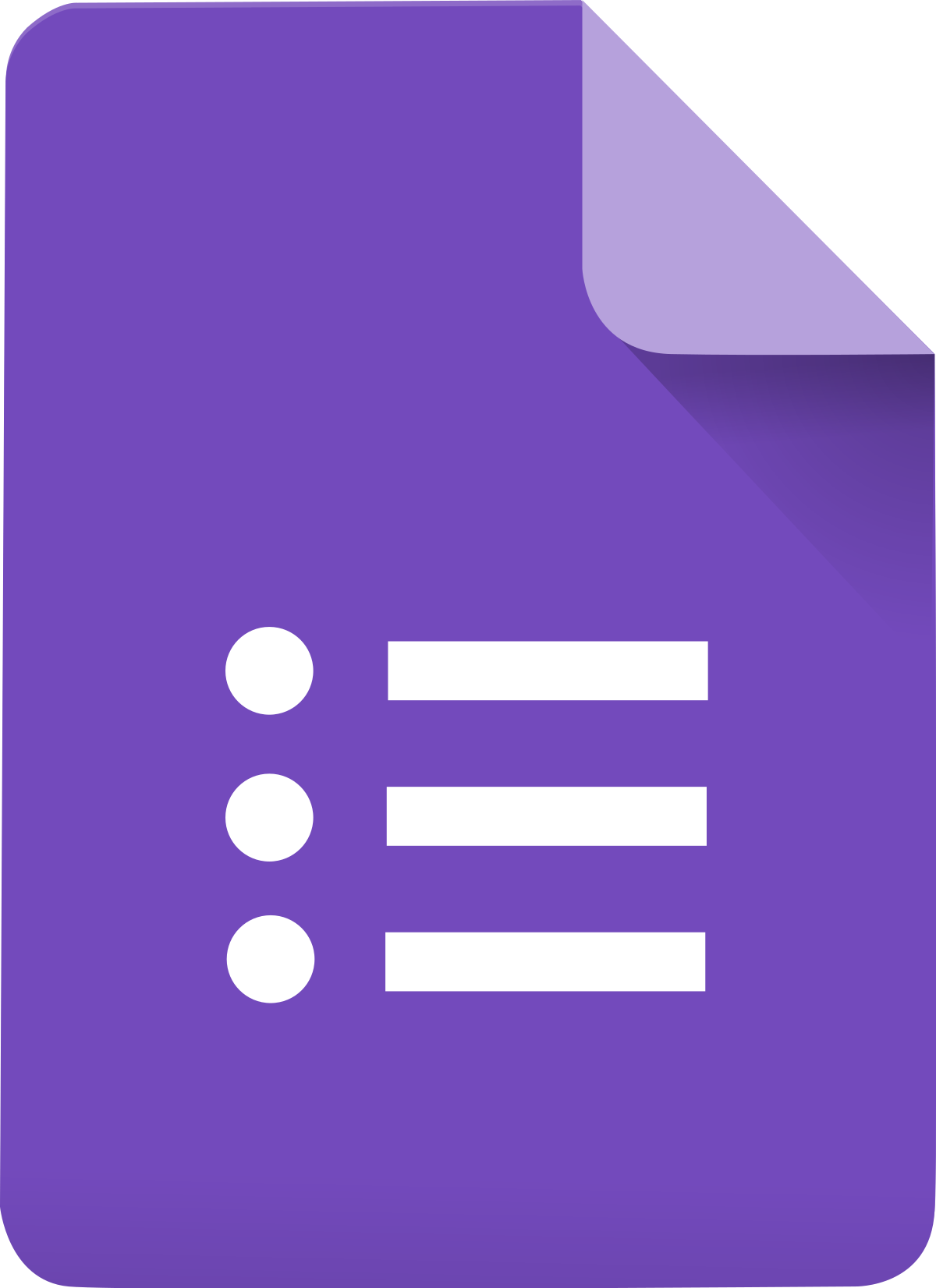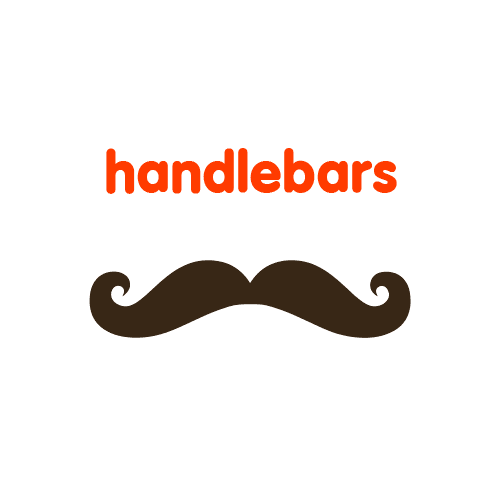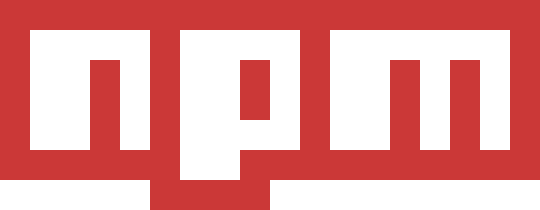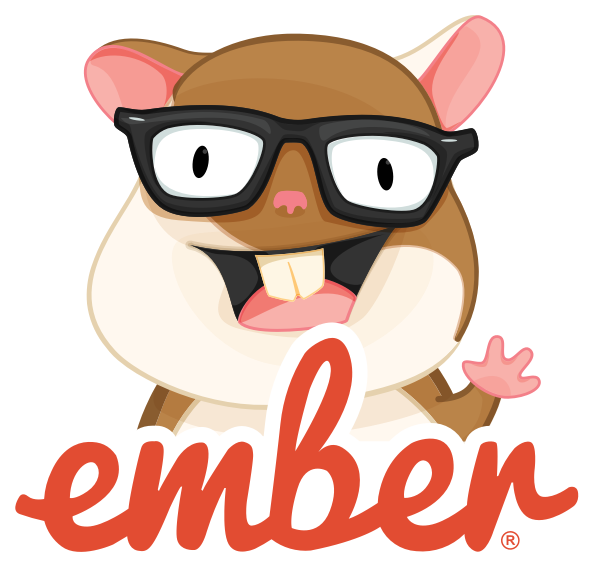Hello. My name is Neil Thawani. My name spelled backwards is lieN inawahT. I work as a software engineer, researcher and part-time K-12 computer science educator, applying the sum of my skills working at the intersection of engineering practice and STEAM+Computing education. I hold a Masters of Educational Technology & Applied Learning Science, abbreviated METALS, from Carnegie Mellon University.
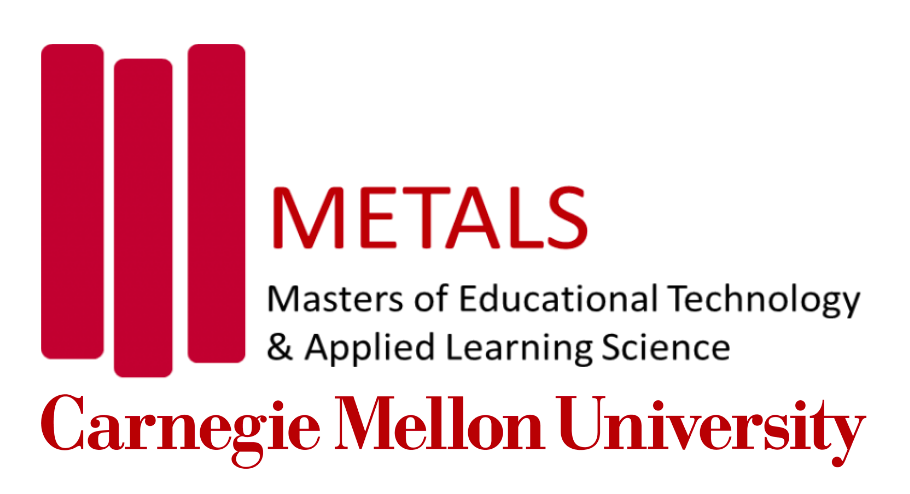
I also build and bridge connections between STEAM+Computing teachers and their colleagues in school ecosystems. Education is an important piece of a sustainable 21st century society. Building equitable relationships connects these pieces together, in and out of school, across disciplines and throughout a lifetime.
You can view my resume here.
I am currently building Row School, an online academy for K-12 teachers to teach computer science and other skills needed for humanity to move forward in the 21st century, grounded with theory from learning science and computing education research.





